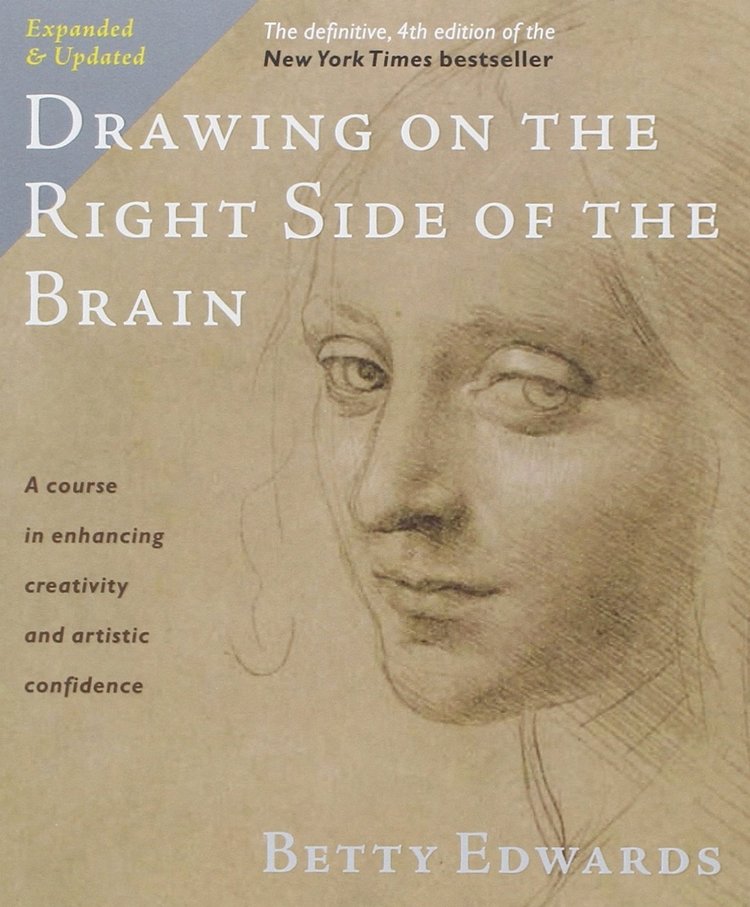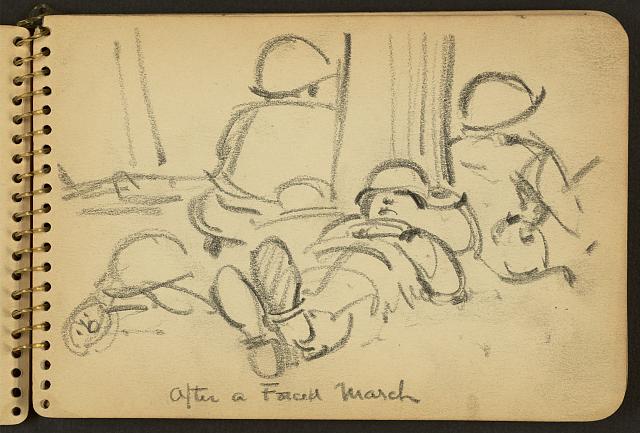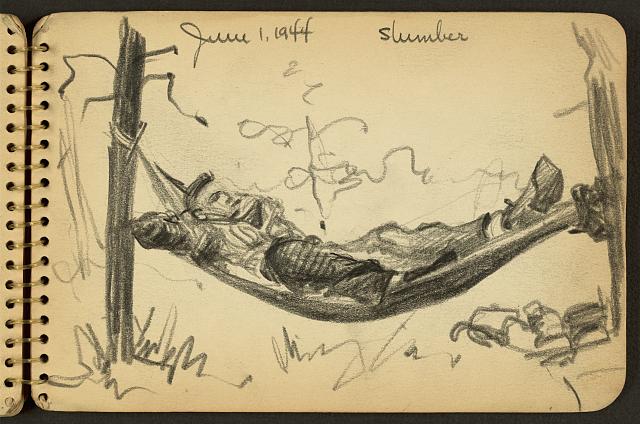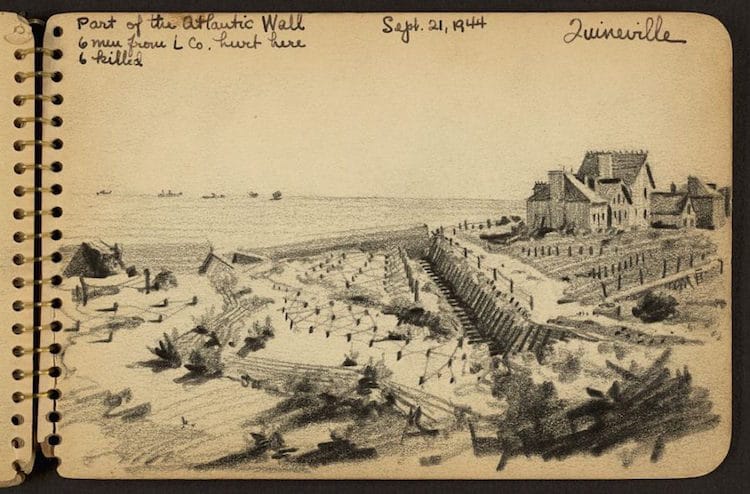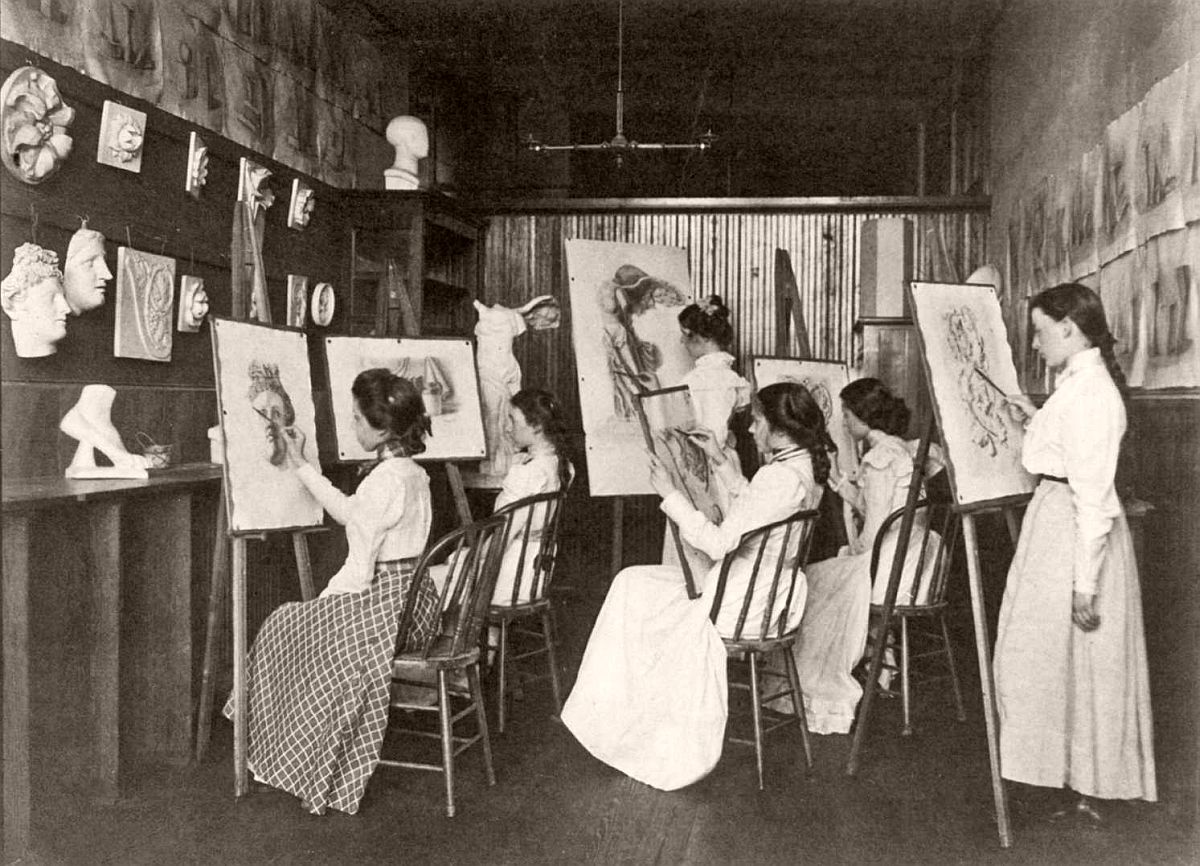Occasionally, readers send me messages from all over the world, and I am continually amazed that my book has had such international impact. I love hearing how it has helped readers from so many countries.
Once in a while, though, a message comes through that is so powerful that I want to share it. I received just such a message this week from reader in a beautiful country with a deep cultural history, Ukraine. As many of you know, Ukraine has been much in the news lately. I’m so grateful to Svyatoslav for his communication from his home in Kyiv, and he agreed that I could share his messages with you.
~ Betty Edwards
Dear Dr. Betty Edwards!
In 1992, in the Russian version of Readers Digest magazine, I read an article about your method of teaching drawing. There, two exercises were cited as an example: drawing an inverted picture and drawing a chair in negative space.
After reading the article, I immediately took out from my pocket a document with a photograph of myself; I turned it upside down and began to sketch. Imagine my surprise when I finished working and turned over the drawing. I found that the image in the drawing had a significant portrait resemblance to me! There were some problems with proportions, and the face was stretched out like a rugby ball, but the features were nonetheless recognizable. A miracle happened because, before this incident, all my attempts to paint myself were futile.
Unfortunately, at that time your book “Drawing on the Right Side of the Brain” was not yet published in our country and there was no way for me to read it. In addition, there was a certain vicious practice in schools, where only those who already drew at a very decent level and actually did not need it were taught to draw. The rest of us had no access—the world of art was closed, because we "had no talent."
Some time ago, in a bookstore, I accidentally saw your book “Drawing on the Right Side of the Brain” and, remembering that old article I read in 1992, I immediately acquired it. The text of the book amazed me. I have never seen such a deep, thoughtful, and effective technique, although I have filled up all my shelves with books on fine art.
Your book somehow magically helps to unleash creativity and really, after reading it, you begin to see the world around you, to feel its beauty.
I want to express my deepest gratitude to you, and wish you long life and continued success.
Svyatoslav
Kyiv, Ukraine
BETTY’S REPLY:
Dear Svyatoslav,
I want to express my deep appreciation for your charming letter telling me about your experiences with my book and with drawing. I am quite surprised and regretful to hear that in your country, people who want to learn to draw are turned away because they can’t already draw. But I must tell you that at university-level art departments here in the U.S., the same thing often happens. I share your outrage at this practice.
I am so pleased that you were able to obtain my book and that you have found it helpful, and I am especially grateful for your very kind words about my ideas. Over and over, I have been surprised that a book can make friends of an author and a reader, even all the way around the world. Perhaps, as you work through the book, you will send me a drawing or two!
With many thanks for your letter and with all best wishes for your success in drawing,
Betty Edwards
SVYATOSLAV’s REPLY
Dear Dr. Betty Edwards!
My family and I have great respect for the American people and America, a country that is deservedly a leader in spreading the values of humanism, progress, and enlightenment in our world. And your book is another vivid proof of this thesis.
In my personal case, reading your book and performing the exercises indicated there, I was able to receive an order to illustrate a children's book for coloring. And this happened within literally a month and a half, like magic. But this is not magic, it is a deeply thought-out technology. And high technology for the uninitiated, as one American writer rightly remarked, is no different from magic.
Sincerely,
Svyatoslav
Kyiv, Ukraine
